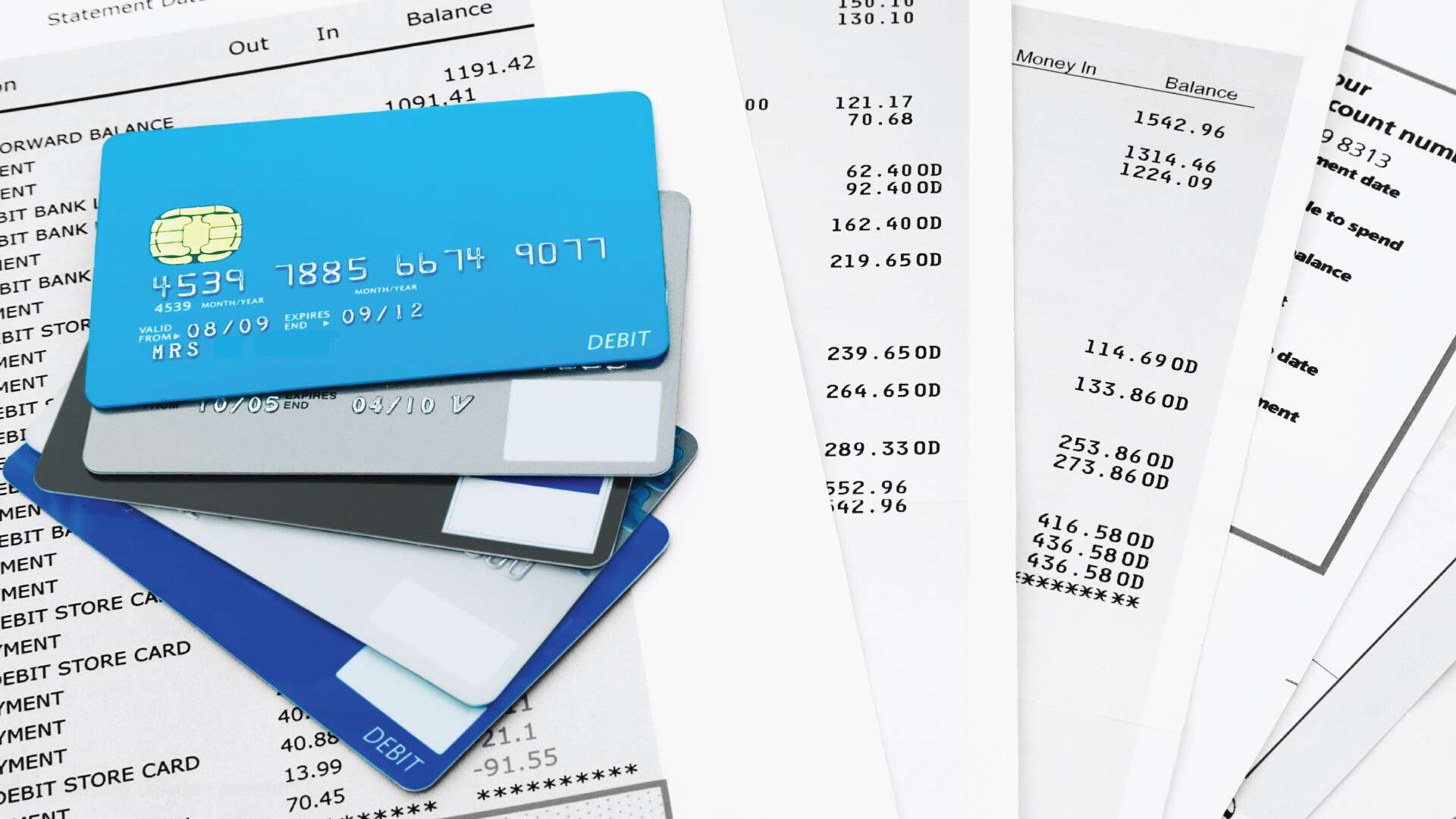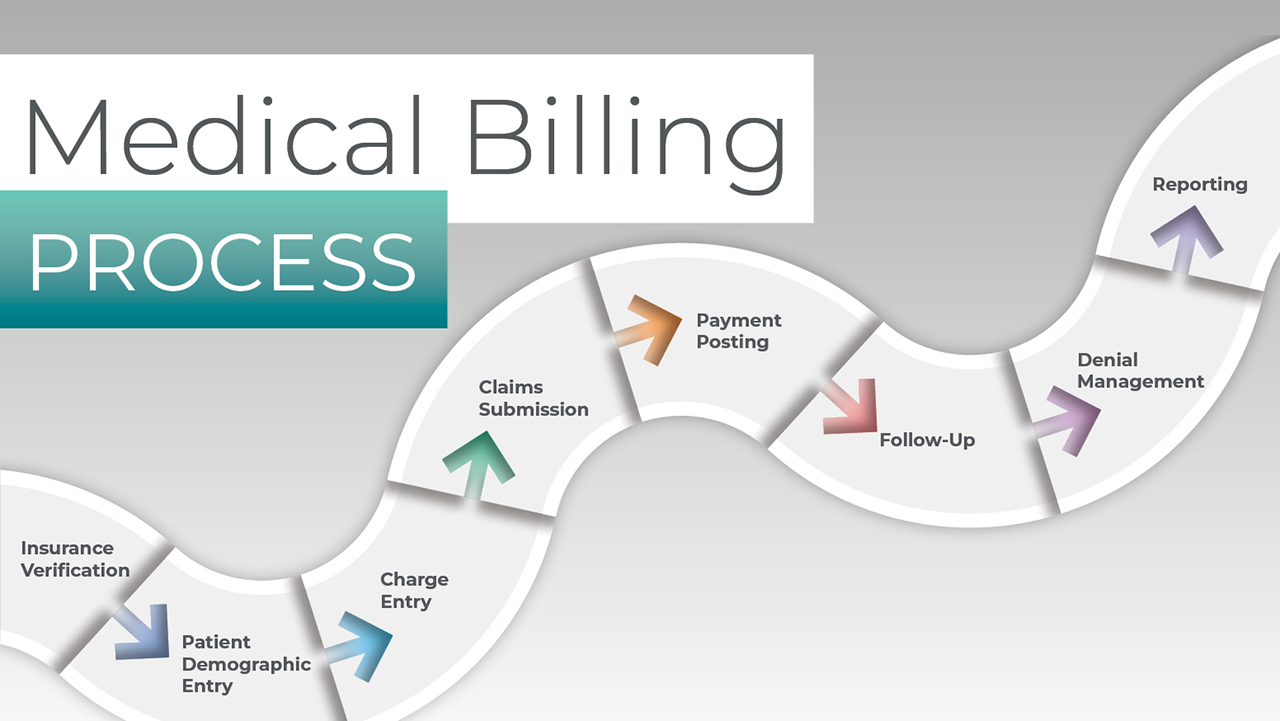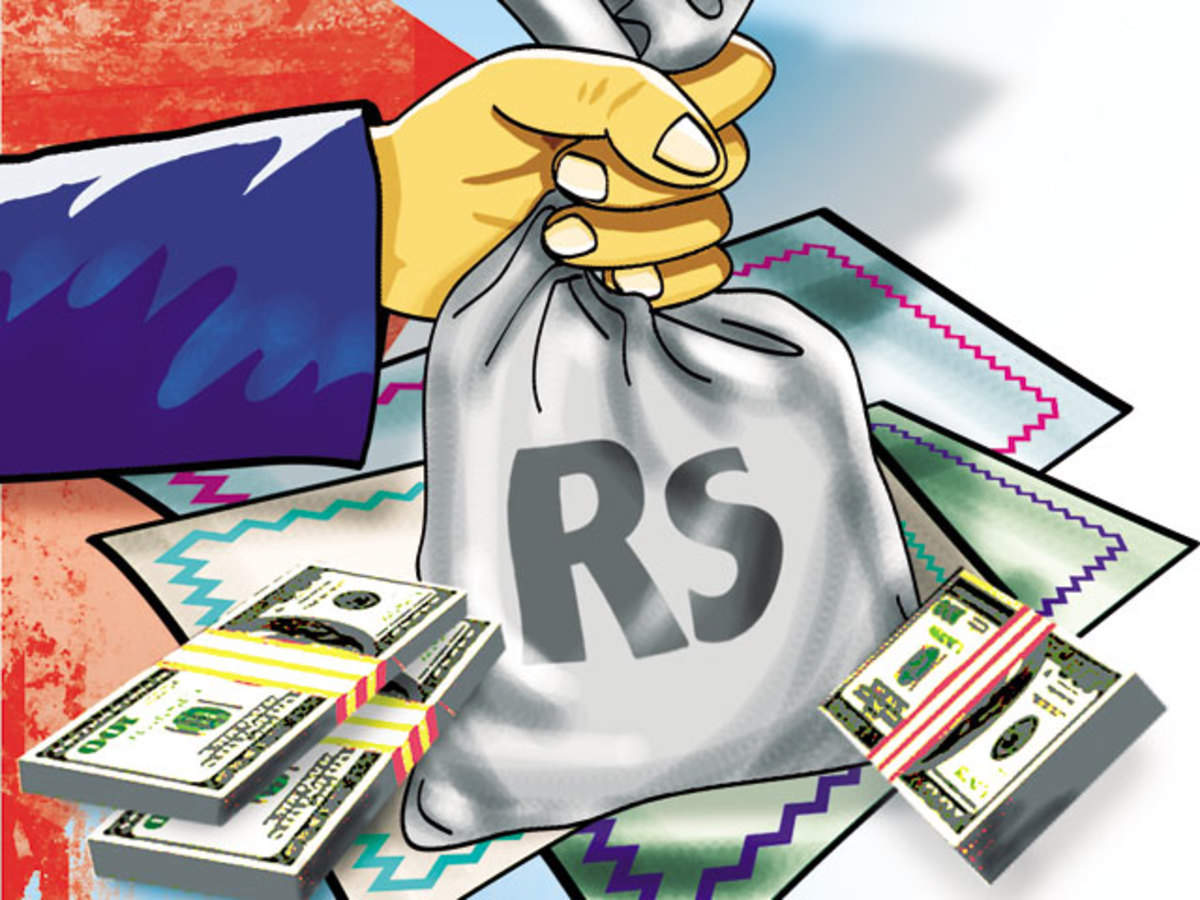

Finance
Crapo Bill Definition
Published: November 4, 2023
Learn the meaning of the Crapo Bill in finance. Discover how this legislation impacts the financial industry and its implications for businesses and consumers.
(Many of the links in this article redirect to a specific reviewed product. Your purchase of these products through affiliate links helps to generate commission for LiveWell, at no extra cost. Learn more)
Crapo Bill Definition: All You Need to Know
When it comes to finance, keeping up with the latest legislation and policies is crucial. One bill that has gained significant attention in recent times is the Crapo Bill. If you’re unsure about what the Crapo Bill is and how it may impact your financial landscape, you’re in the right place. In this blog post, we’ll dive into the Crapo Bill definition, its key takeaways, and what it means for you.
Key Takeaways
- The Crapo Bill, officially known as the Economic Growth, Regulatory Relief, and Consumer Protection Act, aims to amend certain provisions of the Dodd-Frank Wall Street Reform and Consumer Protection Act.
- This bill was introduced by Senator Mike Crapo, Chairman of the Senate Banking Committee, and was signed into law by President Donald Trump on May 24, 2018.
Now that we’ve covered the key takeaways, let’s delve deeper into the Crapo Bill definition and explore its implications.
What is the Crapo Bill?
The Crapo Bill, or the Economic Growth, Regulatory Relief, and Consumer Protection Act, is a piece of legislation introduced in response to concerns that the Dodd-Frank Act, enacted in 2010, had unintended consequences for certain financial institutions and consumers.
The main objectives of the Crapo Bill are to:
- Provide targeted relief for small and medium-sized banks from some of the more burdensome regulations imposed by the Dodd-Frank Act, which were originally intended for larger financial institutions.
- Enhance consumer protections and improve access to credit, particularly in rural areas.
- Strengthen the supervision and regulation of certain institutions to prevent future financial crises.
By amending specific provisions of the Dodd-Frank Act, the Crapo Bill aims to strike a balance between reducing regulatory burdens and maintaining financial stability.
What does the Crapo Bill mean for you?
If you’re a customer of a small or medium-sized bank, the Crapo Bill may translate to some positive changes. The targeted relief for these institutions could potentially result in:
- Easier access to credit.
- Less regulatory burden on community banks, potentially leading to improved customer service.
- Increased lending opportunities in rural and underserved areas.
It is essential to note, however, that the Crapo Bill does not dismantle all the regulations imposed by the Dodd-Frank Act. The intention is to provide relief to small and medium-sized banks without compromising financial stability and consumer protection.
In conclusion, understanding the Crapo Bill is crucial for staying informed about recent financial legislation and its potential impact on your finances. While the bill aims to strike a balance between easing regulatory burdens and maintaining stability, its ultimate impact will unfold over time. Stay tuned for further developments, and consult with financial experts to gain personalized insights based on your specific circumstances.














